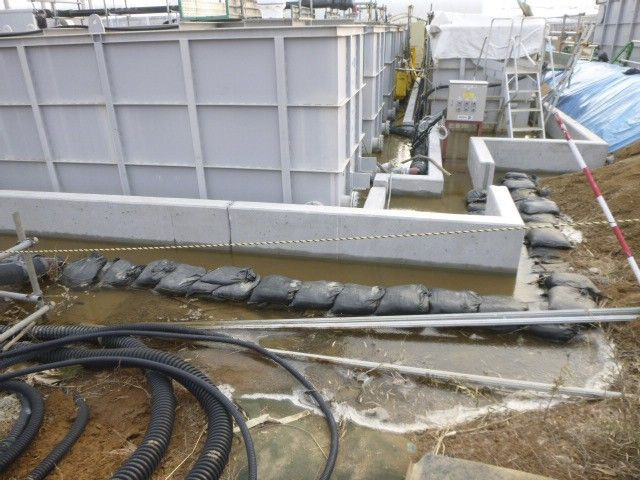Scientists Build Radiation Scanner Exclusive for Babies of Fukushima, Could It Help Save Their Future At All?

Could babies of Fukushima now stand a chance of longer, healthier lives after scientists have developed and built a radiation scanner meant for their exclusive use?
A team of researchers from the University of Tokyo along with an American radiation-scanner company have developed a baby scanner that can fit in, well, babies.
Scientists said the first whole body scanner is capable of measuring the internal radiation exposure in children. It has a sensitivity of 50 becquerels per body. Researchers said the first unit has been installed at Hirata Central Hospital in Fukushima in 2013 to help families with small children who are very much concerned about internal exposures.
"To realize this high sensitivity, the BABYSCAN must be ergonomically designed so that a small child can stay still for several minutes, without feeling afraid of confinement," they said.
They designed the machine to handle the children as they are lying down, perhaps playing or reading.
Read: Chaos in Tokyo After Prosecutors Drop Charges Over Fukushima Nuclear Meltdowns
Based on the results of the first 100 Fukushima children that were scanned, aged 4.2 years old on the average, none contained radiocesium in their bodies.
"We are happy to report that radiocesium was not detected in any of the 100 subjects," scientists said.
Ever since the catastrophic meltdown in March 2011, Japanese authorities have been monitoring people's internal radiation exposure using whole body scanners. However, such machines are designed to measure the radiation emitted by an adult body.
Scientists urged parents to practice continued vigilance since the Fukushima damaged reactors continue to leak contaminated water not only into the sea but most probably into the water table.
The extent and consequences of these remain unknown.





















